What's Included
- IoT Internal CO2 Device
- Power Adapter
Required for Set Up
- Philips Screw Driver
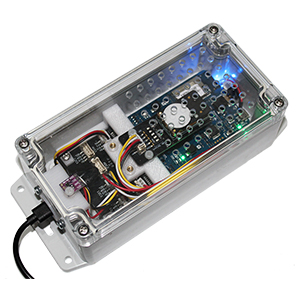
Connecting to a Wi-Fi Network
A smartphone or PC is required
Begin by using the Philips screwdriver to un-screw and remove the transparent lid of the device. There are four screws, one located in each corner.
Second, un-screw right hand screw on black pcb board of the CO2 sensor. See figure 2.
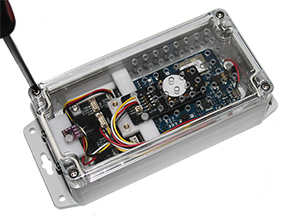
Figure 1
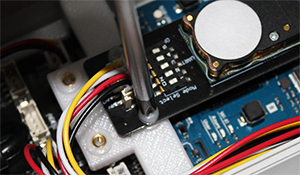
Figure 2
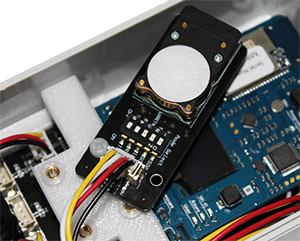
Figure 3
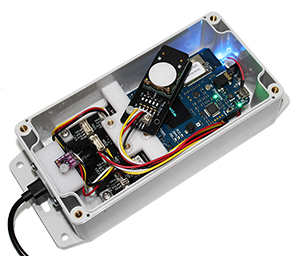
Figure 4
The black pcb board of the CO2 sensor can now be twisted to the left to make the display partially visible. See figure 3.
The next step is to power the device with the mains power adapter. The USB connection can be found on the side of the device. See figure 4.
The black pcb board of the CO2 sensor can now be twisted to the left to make the display partially visible. See figure 3.
The next step is to power the device with the mains power adapter. The USB connection can be found on the side of the device. See figure 4.

Figure 3

Figure 4
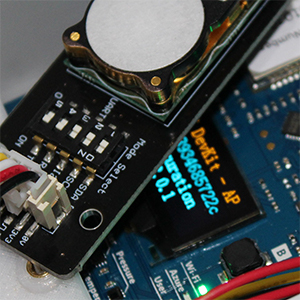
Figure 5
Once the device is powered the display will turn on. Initially the device will attempt to connect a network. To connect to a Wi-Fi network of your choosing begin by pressing and holding button B, then press the reset button once. Continue to hold button B until some information appears on the display. This information is required to connect to a Wi-Fi network. The device is now in the access point mode for connecting to a Wi-Fi network.
The information on the second row is known as an SSID (wireless network name). Using another Wi-Fi compatible device such as a smartphone or PC, search the available Wi-Fi networks for this SSID. The example in figure 5 is AZ-c89346845956. Select the SSID to connect to it.
Once connected, open a web browser and type the IP address found on the fourth row on the display into the URL bar. In the figure 5 example the IP address is 192.168.0.1.
You will see a window as shown in figure 6. Select your Wi-Fi from the dropdown list, then enter your Wi-Fi password into the box labelled ‘Password’.
The IoT Internal CO2 device will now try to connect to your Wi-Fi network.
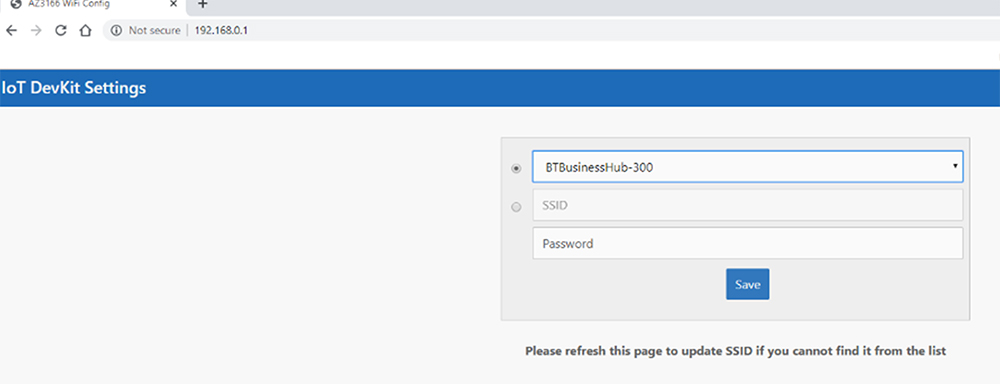
Figure 6
The device will begin connecting to the Wi-Fi network set. This process will include three screens.
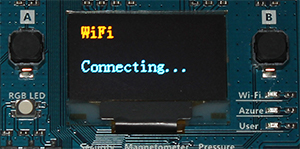
The first screen displays the device is powered and is attempting to connect to the Wi-Fi network set.
The second screen shows it has successfully connected to the Wi-Fi network. Errors will be displayed if incorrect details were set when connecting to the Wi-Fi network. If the device does not connect, retry the ‘Connecting to a Wi-Fi network’ process.
A Blue LED will turn on once the device has connected to the IoT system, labelled Azure.
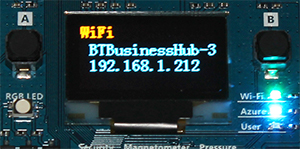
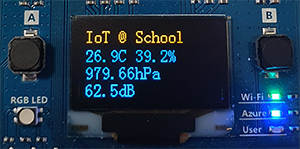
Your device has now connected to the Wi-Fi network and IoT system. Here you can see the sensor readings displayed.
Finding your Device in the Exploratory
Before re-assembling your device it worth checking the data is appearing in the IoT Exploratory tool.
Your device will now be uploading data and it is time to find it in the IoT Exploratory. You will need to wait a minimum of 10 minutes to allow the IoT Internal CO2 device to send its first data point to the IoT Exploratory.
Go to the IoT Exploratory tool in the menu bar at the top of this page and open it in a new tab.
All IoT devices in the IoT Exploratory ecosystem have a unique device ID that identifies them. This example device ID is illustrated in figure 7.
In the IoT Exploratory tool you can find your device in the devices list using this device ID.
To understand how to build data sets and analyse the data from yours and other IoT devices see the Getting Started guide.
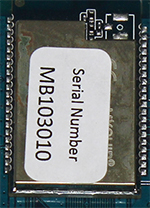
Figure 7
Re-Assemble Your Device
Once you have confirmed your IoT Internal CO2 device is successfully uploading data to the IoT Exploratory tool you can re-assemble the device.
First, adjust the black pcb CO2 board to the centre position a fix with the plastic screw.
Finally, re-attach the transparent lid of the device by tightening each of the four corner screws.

Figure 8
Mounting the Device
There are multiple options for locating the IoT Internal CO2 device. It can be placed on a shelf or surface such as a desk. Alternatively, it can be mounted on an internal wall by utilizing the screw holes at the top and bottom of the device.
Think carefully when choosing the position to place or mount the device. It is not advised to place it too near to a heat source such as a radiator. This can have adverse effects on the accuracy of the data.
Keep in Touch
Keep up to date with new IoT Exploratory features and devices, training sessions, other news and events.

